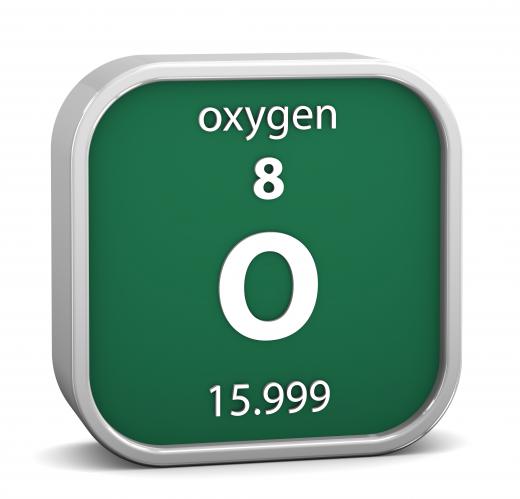What is the Origin of Air?
 Michael Anissimov
Michael Anissimov
The origin of air as we know it begins with the Oxygen Catastrophe, also known as the Great Oxidation, which occurred about 2.7 billion years ago. Prior to this, the level of oxygen in the air was approximately 1/50th of a percent. This is similar to the level of oxygen present in the atmosphere of Mars, about 1/5th of a percent. Like modern-day Mars, the atmosphere of early Earth was primarily carbon dioxide. Today, the atmosphere contains 20% oxygen, and only 0.038% carbon dioxide, making the air thoroughly breathable for oxygen-dependent organisms such as ourselves.
With the advent of oxyphotosynthesis in microorganisms, this carbon dioxide was progressively consumed, creating the "waste product" of elemental oxygen. The Oxygen Catastrophe is clearly demarcated in the geological record by the introduction of large amounts of oxygenated iron (rust). These relics are called banded iron formations. The event is called a "catastrophe" because oxygen is toxic to anaerobic organisms, which the event wiped out in large numbers. There was a time lag of about 300 million years before the evolution of the first oxygen-producing organisms and the full-fledged Oxygen Catastrophe.

In the subsequent billions of years, oxyphotosynthesizing organisms flourished, producing more and more elemental oxygen. The history of air, from practically zero oxygen to 20% oxygen, stretches over more than two billion years. During the Carboniferous period, approximately 250 million years ago, when plants thrived, oxygen levels were even higher than they are today. This permitted the existence of very large insects, including a dragonfly, Meganeura, with a two-foot wingspan. Today's air would be unbreathable to Meganeura, due to its relative lack of oxygen.
The search is ongoing for extraterrestrial planets with air similar to that of Earth, with no luck thus far. By examining the spectrum of a planetary body closely, astronomers can determine its chemical composition, even if that body is extremely distant. This is the same technique used to determine the chemical makeup of far-away stars.
AS FEATURED ON:
AS FEATURED ON:











Discussion Comments
It would have been so amazing to see the world as it was when the oxygen levels were even higher. The giant insects in particular must have been incredible.
I mean, it wouldn't have been ideal for human life, but I'd love to see it as a tourist. Someone needs to hurry up and make a time machine already.
@browncoat - There are already creatures on our planet who don't breath oxygen and live well outside the norms of what we would consider typical life.
I think they even recently discovered organisms that live by using electricity as fuel. I mean, conceivably, you could have creatures who manage to survive in a vacuum if they can do that (with many other adaptions of course).
And the thing is, we are the source of the pollution in our air at the moment. And it's not biological. So if it gets to the point where we ourselves go extinct, the atmosphere probably won't stay the same.
Life evolves though. I don't doubt it will survive. I just think we need to consider how we want it to survive. I wish more people would look at environmentalism as a selfish endeavor. It's basically about preserving good things in the world.
It is so weird that life as we know it on Earth was basically made possible by a huge extinction event. We are living in air that was poisonous to almost everything that came before us.
It makes you wonder if we're going to end up doing basically the same thing for another species down the line. We're changing the climate and atmosphere so drastically that we're already seeing a lot of extinctions result from it. Maybe eventually another form of life will develop from the ones that remain and will take over the Earth.
I've never thought that it was entirely necessary for life to need oxygen. That's just how it turned out here for the most part. We could end up creating a world where the inhabitants breath in a different mix.
Post your comments